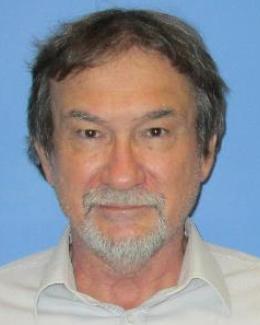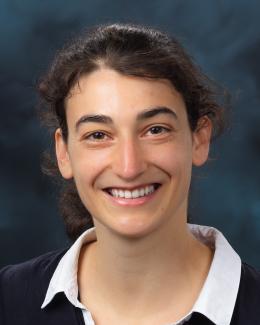Abstract
We have developed a fully automated workflow to optimize the neutronics performance of the Second Target Station (STS) at the Oak Ridge National Laboratory’s Spallation Neutron Source. The optimization workflow starts with the parametrized solid CAD engineering models and converts them into the unstructured mesh (UM) models for the neutronics calculations with MCNP6.2. Calculations are executed and their results are loaded into the Dakota optimization toolkit. Dakota analyzes the results and proposes new geometry parameters for the next design iteration. The cycle repeats until the optimal parameters are found. The automated CAD to MCNP conversion, the use of high-fidelity UM models, and the use of modern optimizer are the key elements that advance the entire optimization workflow in comparison with the original workflow. The original workflow was based on a simplified constructive solid geometry (CSG) modeling with MCNPX, mcnp_pstudy tool, and an in-house optimizer. To demonstrate the new workflow, we present a case of neutronics optimization of the moderator–reflector assembly (MRA). Apart from the MRA, the workflow can optimize other major STS components, such as the spallation target, neutron beamlines, radiation shielding, and various accelerator components. Importantly, the new workflow opens the door to the advanced multi-physics multi-parameter optimization and has the potential for use in other nuclear physics and accelerator applications.





